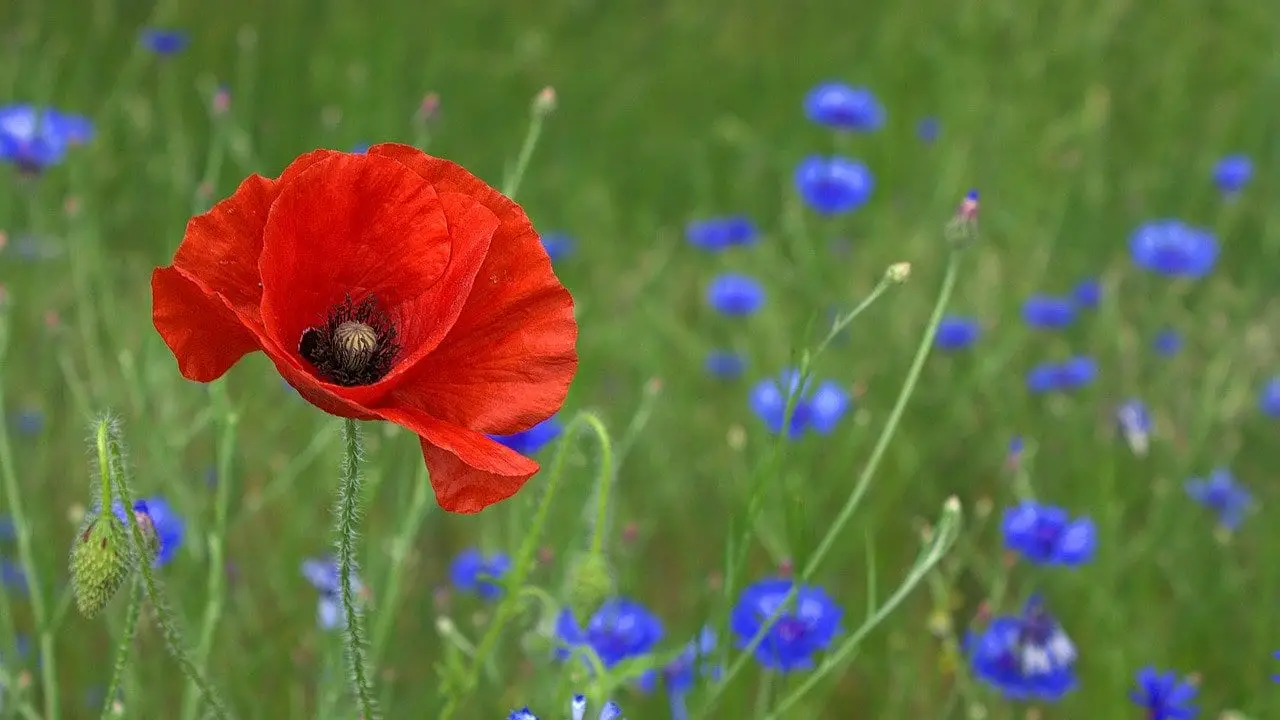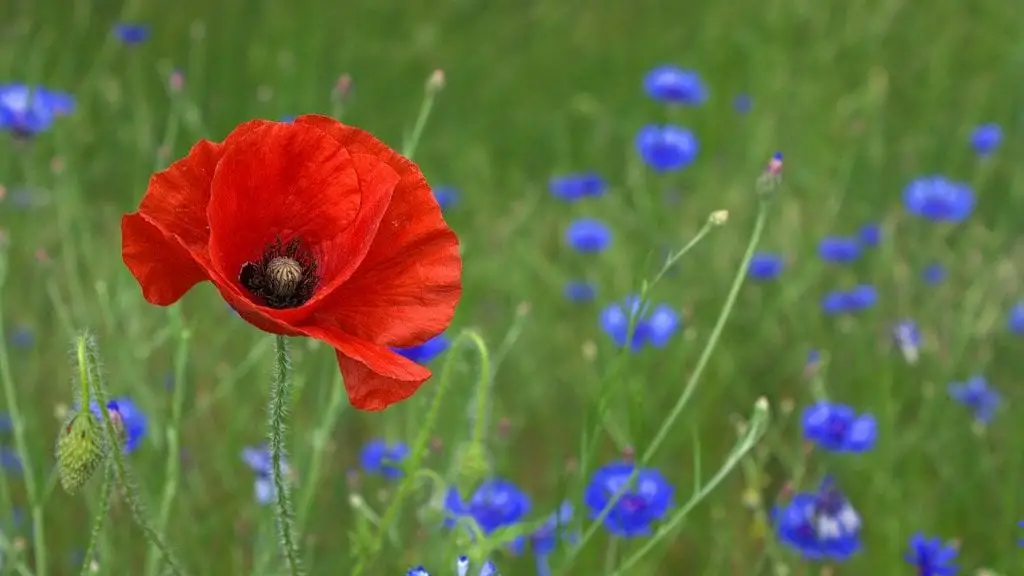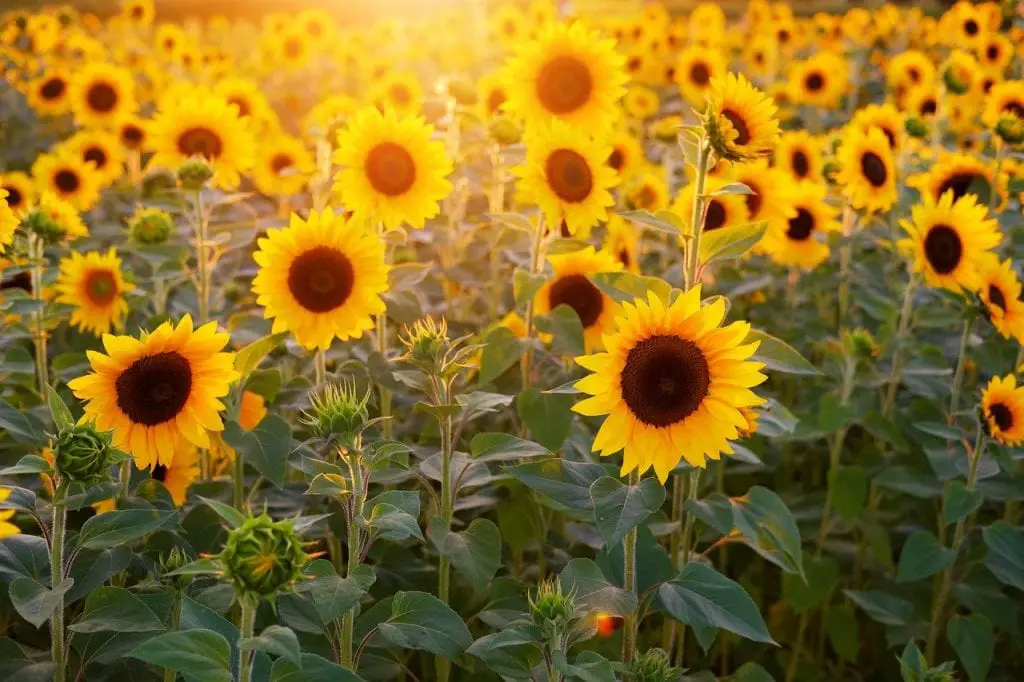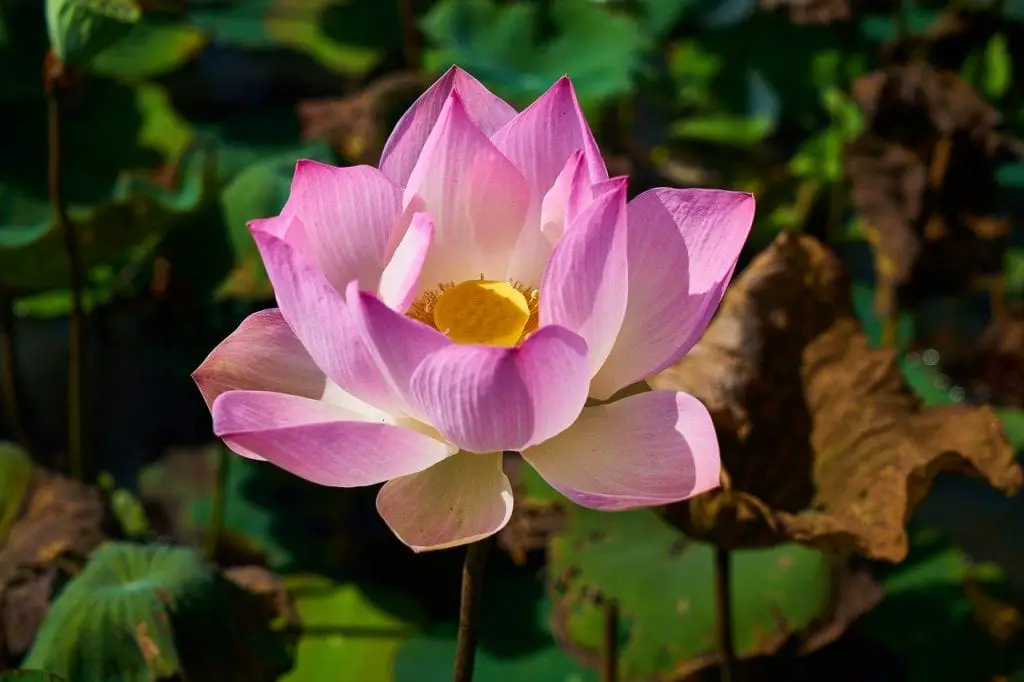
Plants that have therapeutic value
Medicinal herbs and plants have been used in the practice of healing for years. In fact, the field of traditional medicine has sworn by the healing properties contained in types of flowers. The synthesis of plants produces thousands of chemical compounds. These act as a defense against a number of pests. Several phytochemicals in different types of flowers have been discovered and identified. Research in this area is ongoing, and no doubt, many more will be discovered in the future. Nevertheless, a single flower or plant contains a wide variety of phytochemicals. These are diverse in their components and structure. Since this is the case, using an entire plant for medicinal purposes remains uncertain. Angiosperms from flowering plants are the actual source of medicines extracted from plants and flowers.

Drug industry
Drug makers have engaged in research to discover pharmacologically active substances found in plants and various types of flowers. This has facilitated the discovery and use of several compounds that have proved beneficial in the field of medicine. Common drugs that we use in our daily lives, like aspirin, quinine, etc., are all such compounds.
Therapeutic flowers
The World Health Organization has estimated that a large proportion of people in the world depend on the medicinal use of plants and flowers to treat illnesses and conditions. The World Health Organization claims that there are close to 21,000 species of plants and flowers that have medicinal value. Some experts believe that there are many more varieties of such medicinal types of flowers and people are benefiting from their use in primary care. Here’s a list of the common flowers used as medicinal flowers. This is not an exhaustive list – there may be many more species and varieties that we are yet to discover.
Flowers used for medicinal purposes
The World Health Organization operates a network to regulate the safety and rationality of use of the types of flowers used for medicinal purposes. There is limited regulation for the use of these in modern medicine. What follows is a comprehensive list of the types of flowers that have medicinal value for treating and healing a number of ailments and conditions.
Angelica
The Angelica flower is useful in more ways than one. Green bits of it are caramelized and used as decorations on cakes. More valuable than this is its use in medicine. The extract is used in digestive disorders primarily. It is also used in the therapy of coughs and colds. It is given as a vitalizing tonic to geriatric patients and very young children. Besides this, the flower, and the rest of the plant has a remarkably fragrant aroma.
California Poppy
The classic red poppy is known for its source as the producer of opium. Nonetheless, the California poppy is not like its addictive almost-namesake flower. California poppies do not contain opium. Rather, they can be used to reduce insomnia and anxiety-related disorders. These flowers have long-term medicinal value uses for symptoms of depression and chronic fatigue.
Periwinkle
The Periwinkle flower, of the rosy variety, is used in the treatment of high blood pressure and diabetes. The plant extract is administered as a tea. Recently, its value has increased as there is evidence to show that it has therapeutic value in the treatment of leukemia and Hodgkin’s disease.
Sunflower

For women who continually suffer from menstrual cramps, a brew concocted from the Sunflower certainly helps to alleviate the pain. This flower’s extract is also known to be helpful in the treatment of ulcers.
Begonia
This flower has more than one medicinal use, as it has preparations. The flower with its leaves can be crushed and be massaged into the skin where pain occurs. As such, it can be used directly on skin sores and burn wounds. A Begonia infusion, made by soaking the flower’s petals in hot water, relieves headaches. The same infusion acts to detoxify the body as well.
Calendula
The Calendula flower’s yellow petals are used with other compounds to form ointments to treat cuts and burns.
Daisy
As innocent and simple as this common flower looks, the Daisy has an abundance of value in medicine. Applied directly on the skin through a poultice, it helps to heal wounds. When consumed as an infusion, it has laxative properties and acts as a detoxifying agent for the body. It is used to treat such chronic conditions like arthritis and rheumatism.
Gardenia
Gardenia flowers have great flower medicinal value to treat depression, stress, anxiety and insomnia. The flower is also efficacious in the treatment of bladder problems of children and adults.
Corn flower
A tea made from these pale blue flowers works as a laxative and cleanses the mouth. Flowers are often consumed raw as well. Crushed and made into a paste, these types of flowers effectively eliminate acne to an extent. Made this way, the flower also soothes tired or irritated eyes.
Jasmine
Jasmine is universally known for the tea made from its extract. This exotic flower has great medicinal value for people who have digestive problems, irritable bowel syndrome, and ulcers. People with sleep disorders swear by it – a delicious cup before bedtime keeps anxiety and insomnia away.
Lotus
The mystic Lotus is as popular in the East as it is in the West. In the eastern world, it is known to bring down a fever and is effective against diarrhea. In certain developing countries, it alleviates symptoms of cholera and bronchitis. The flower is used to treat bad coughs as well.

Honeysuckcle
Honeysuckle flowers are therapeutic flowers when used as a gargle for a sore throat. The flowers can be consumed in their raw state. A paste made from honeysuckle is productive in treating skin rashes and bringing down inflammation.
Dandelion
Dandelions are used in the treatment of anemia and as blood purifiers. Native Americans use it as a tonic for general good health as well. Dandelion is a proven diuretic. It helps to reduce high blood sugar levels too.
Lavender
For years, lavender has been used as an anti-inflammatory. It is also an effective antiseptic. The fragrance of lavender is heady enough to eliminate anxiety, insomnia and migraines. It has a calming effect on people with clinical depression.
Saint John’s Wort
This is a flowering plant that has shown its efficacy for use as an anti-depressant. The flower, as well as the leaf, are used to treat depression.
Marigold
A beautiful succulent, bright orange or yellow flower, thought of as auspicious in the eastern world. It has medicinal purposes as well, namely, in the treatment of pain. It also generates an immune response.
Passion flower
Popular for its beauty, the Passion flower has short-term therapeutic effects and is used in the reduction of high blood pressure. The root of the flower is also used for the same purpose.
Milk Thistle
Milk Thistle is a flowering plant that is used in the treatment of symptoms of some cancers. The plant is also used for its therapeutic effect on the liver.
Yarrow flower
The unassuming tiny white Yarrow flower was once used to treat battle wounds. It is used to get rid of headaches. It is a popular flower in Europe and Asia.
Chamomile
Dried Chamomile flowers are brewed into a tea. They need to be completely dry to have significant medicinal effects. The essential oil of the Chamomile flower can also be inhaled and applied topically. Chamomile has plenty of health benefits ranging from the relief of pain to the promotion of skin health, and the reduction of inflammation or swelling. Rich in antioxidants, the tea is popular the world over. This flower is so effective in terms of its medicinal value that it is listed as a means of treating mouth ulcers caused by cancer. It also seems to aid babies affected by colic.
Chrysanthemum
Chrysanthemum, while a must-have flower for any garden, is also widely used for its flower medicinal value. Commonly called “mum”, its use is widespread in the treatment of angina, high blood pressure, headache and fevers. Its leaves are crushed to make a tea. Early research shows that it may increase the flow of blood to the heart.
Blood Root
In contrast with what its name suggests, blood root is a little white flower that has proved quite effective in the treatment of respiratory illnesses. When made into a paste, it treats rashes, warts and other dermatological ailments. When consumed as a beverage, it is a great antioxidant and lowers high fevers.
Carnation
Carnations, used as therapeutic flowers, have to be removed from their stems as they are bitter. Petals are normally brewed to make a strong tea that brings relief to anxiety sufferers. It acts as an anti-inflammatory as well and is very relaxing to drink after a long day at work.
In conclusion
The key to good health may be a second away, in your own garden. If you discover the types of flowers with health benefits in your backyard, it’s a good idea to check with your doctor before you try them.

